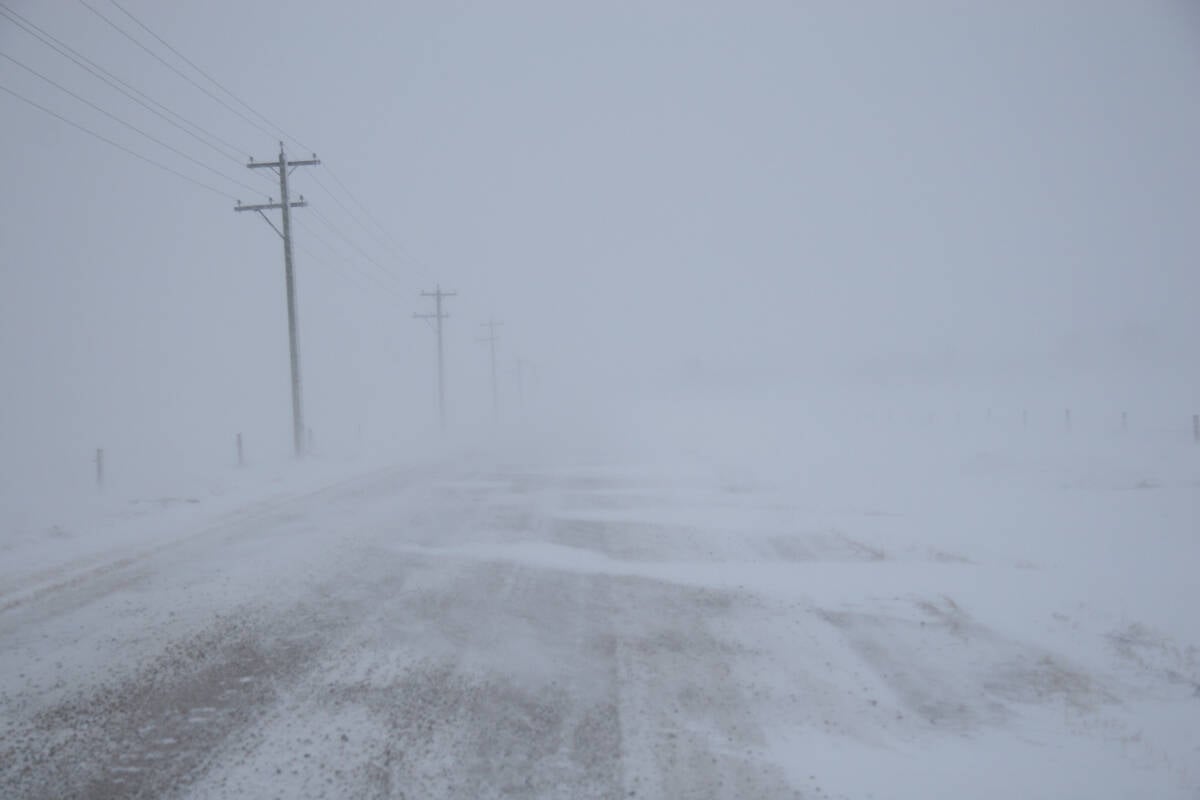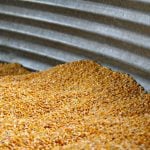Wheat prices may have maxed out for 2008, if U.S. Department of Agriculture forecasts are correct.
In its World Agriculture Supply and Demand Estimates (WASDE) released May 9, the USDA expects the world to produce a record crop of 656 million tonnes. That would be up eight percent from 2007-08 and up five percent from the previous record in 2004-05.
“The national average farm price for 2008-09 is projected at $6.60 to $8.10 (US) per bushel, compared with the current year forecast of a record $6.55 per bu.,” the USDA reported.
Read Also

Volatile temperatures expected for this winter
DTN is forecasting a lot of temperature variability in the Canadian Prairies this winter. Precipitation should be close to average.
The jump in production should boost U.S. wheat carryover at the end of 2008-09 to 483 million bu., which is more than double the 239 million bu. carryover last year.
The USDA numbers are certainly bearish for wheat, said an American grain analyst, but weather will determine the direction of wheat prices over the next few months.
“If weather is conducive to the harvest, we could see a $1 to $1.50 drop from where it is today,” said Joe Victor, vice-president of marketing for Allendale Inc., one of the largest commodity research firms in the U.S.
That would equate to futures prices on the Chicago Board of Trade below $8 a bu., he said.
However, wheat is likely to find support at that price level, said another analyst, because other crops will prop it up.
“We’ve got Chicago wheat futures at $8.40 today (May 12). They’ve been as low as $7.70. I think that’s probably the floor,” said Mike Krueger, a grain market adviser and owner of The Money Farm in Fargo, North Dakota.
“It looks to me like corn is not going to get much cheaper. Nor soybeans, based on Friday’s (USDA) numbers. I think the corn and soybean markets will be the support for wheat.”
The U.S. corn crop is projected at 12.1 billion bu., down seven percent from last year, but up 15 percent from 2006. The USDA expects American farmers to produce 3.1 billion bu. of soybeans, up 520 million bu. from 2007.
The bigger soy crop shouldn’t be a drag on prices, because low stocks and high corn prices maintain soybean prices in the $10.50 to $12 a bu. range, the USDA said.
Indeed, the USDA’s soybean year end stock forecast was smaller than traders expected.
Returning to wheat, the department said U.S. winter wheat production would increase 17 percent from last year.
Michael Woolverton, professor of agricultural economics at Kansas State University, backs the USDA’s projections of an average to above average winter wheat crop.
He recently completed a tour of Kansas to assess the quality and size of the wheat crop.
“This wheat crop looks really good,” with the exception of the dry southwestern corner of the state, Woolverton said in his weekly radio market outlook.
The Kansas crop is late in developing, but cool, wet weather has provided ideal growing conditions in most of the state, he said.
In spite of increased world production, a larger winter wheat crop and more carryout stocks, Woolverton remains bullish on wheat.
“We’re going to double (U.S.) ending stocks, but we have to remember that’s doubling a 62-year low number. So we’re still going to be at a barely adequate supply of wheat,” he said.
Consequently, Woolverton is not worried about a collapse in wheat prices.
“We’re probably looking at strong wheat prices, going forward, for the next 11/2 to two years,” he said.















